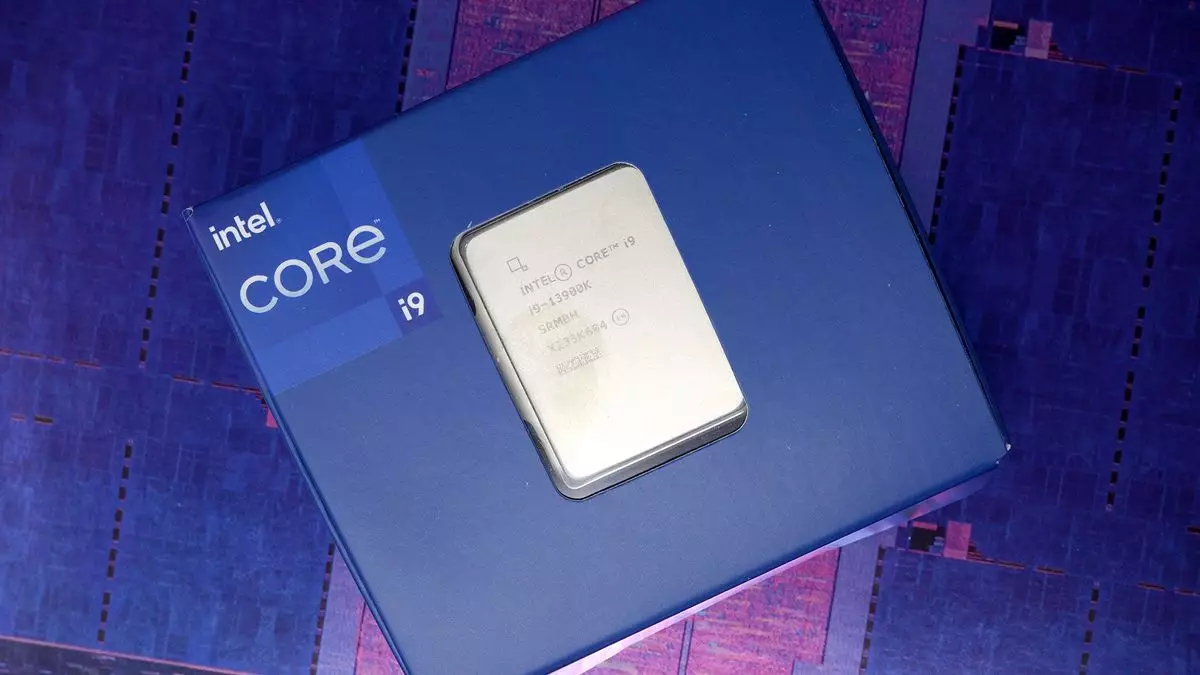In our consumer-driven world, the arrival of a newly ordered item should ideally evoke joy and anticipation. Yet, a frequent phenomenon disrupts this spirit: the overburdened packaging. Take the example of a seemingly innocuous eyebrow pencil arriving in an oversized box—the environmental impact presents a juxtaposition to the excitement of acquisition. This experience resonates with countless consumers who feel a pang of guilt and concern when confronting massive shipments filled with excessive materials, such as styrofoam peanuts. These packaging items, while designed to protect products during transit, contribute heavily to landfill waste, fueling a growing urgency for sustainable practices.
Consumer electronics, especially, have been notorious for their superfluous packaging. The bulky boxes housing CPUs often overshadow the relatively small size of the product inside. This pervasive habit seems counterproductive, eventually raising questions about the necessity and sustainability of such practices in the age of rising environmental consciousness.
Change is on the horizon, however, as the European Commission has introduced new regulations aimed at addressing the very issues consumers face. Effective from February 11, these reforms serve as a significant step towards minimizing packaging waste. The updated Packaging and Packaging Waste Regulation (PPWR) emphasizes a dual focus: the reduction of packaging dimensions and the elimination of unnecessary materials. This initiative could reshape the manufacturing and delivery landscape, pushing companies to reconsider their packaging strategies.
The implications of these regulations are vast. For example, there is a possibility that components commonly bundled with CPUs, such as coolers, could be deemed excess and eliminated. This notion sparks a debate: while many may lean towards third-party cooling solutions, the bundled option certainly benefits others. It challenges consumers to weigh functionality against ecological responsibility, fostering a dialogue on what constitutes “unnecessary” in a sustainable packaging context.
The goals set by the EU are ambitious yet essential. By 2030, all packaging on the European market must be recyclable in an economically viable manner, and by 2050, it aims to reach climate neutrality by progressively decreasing the use of virgin materials. This paradigm shift could herald a new era for electronics manufacturers, pressuring them to innovate not just their products, but also the very means by which they deliver them to consumers.
E-waste, a pressing issue globally, compounds the urgency for reforming packaging practices. As technology continues to evolve, so too does the volume of electronic waste produced. By implementing stricter packaging regulations, the EU hopes to address this environmental concern while guiding the industry towards more sustainable practices. Furthermore, packaging that is easier to recycle means a lower burden on waste management systems, promoting an economically viable recycling ecosystem.
On a practical level, smaller and more efficient packaging could significantly benefit consumers. With smaller boxes, not only would the carbon footprint associated with shipping decrease, but they could also simplify storage. For those who prefer to keep original packaging for warranty purposes or future reselling, reduced dimensions mean less clutter and more space in homes. Just as anime figures are neatly arranged in compact boxes, CPUs and other tech products could join their ranks, cultivating an organized and environmentally responsible mindset among consumers.
Moreover, as consumers grow increasingly eco-conscious, businesses that adopt these innovative practices are likely to gain consumer trust and loyalty. Shifting to smaller, sustainable packaging presents a competitive edge in a market where consumers scrutinize not only product quality but also brand responsibility toward the planet.
The changes initiated by the EU are a crucial leap towards a sustainable future. As consumers and manufacturers alike embrace this shift, the collective effort towards minimizing packaging waste can harmonize consumer satisfaction with environmental stewardship. In an era where sustainable practices are vital, the beauty of innovation lies in its potential to reshape not just our purchasing habits, but also the planet we share. Thus, as we look towards a greener tomorrow, the evolution of our packaging practices heralds a brighter path forward—one where less truly becomes more.

